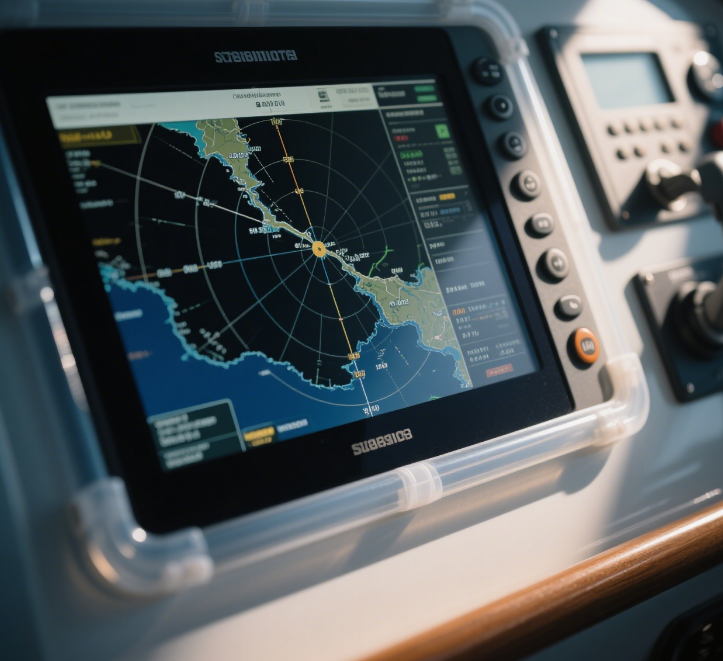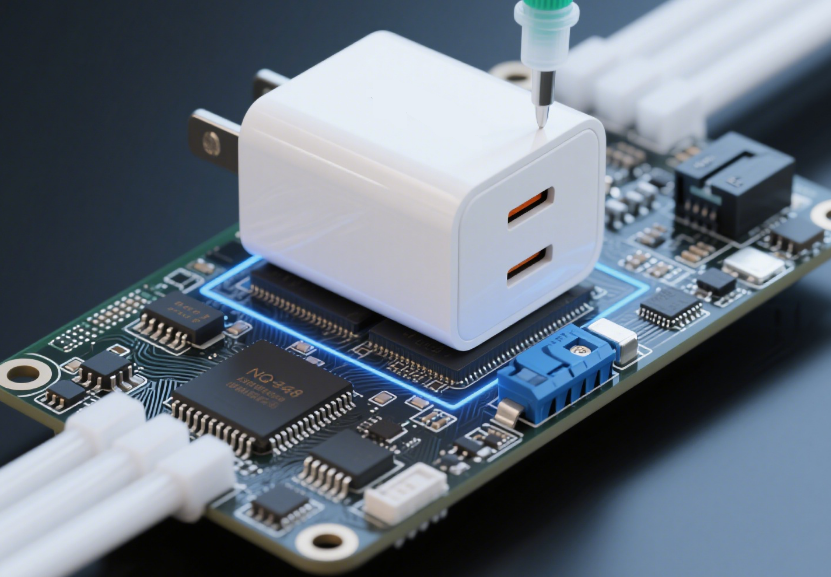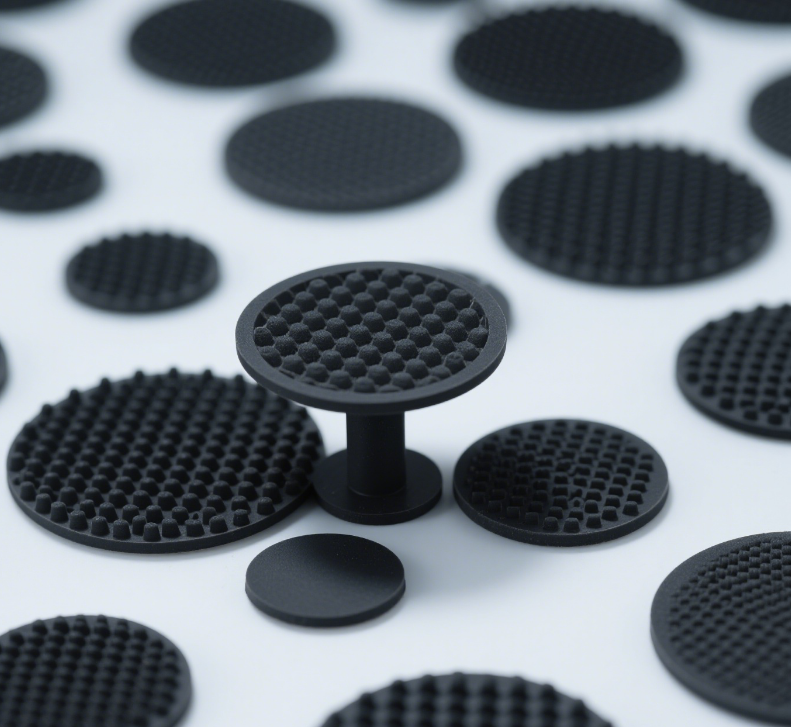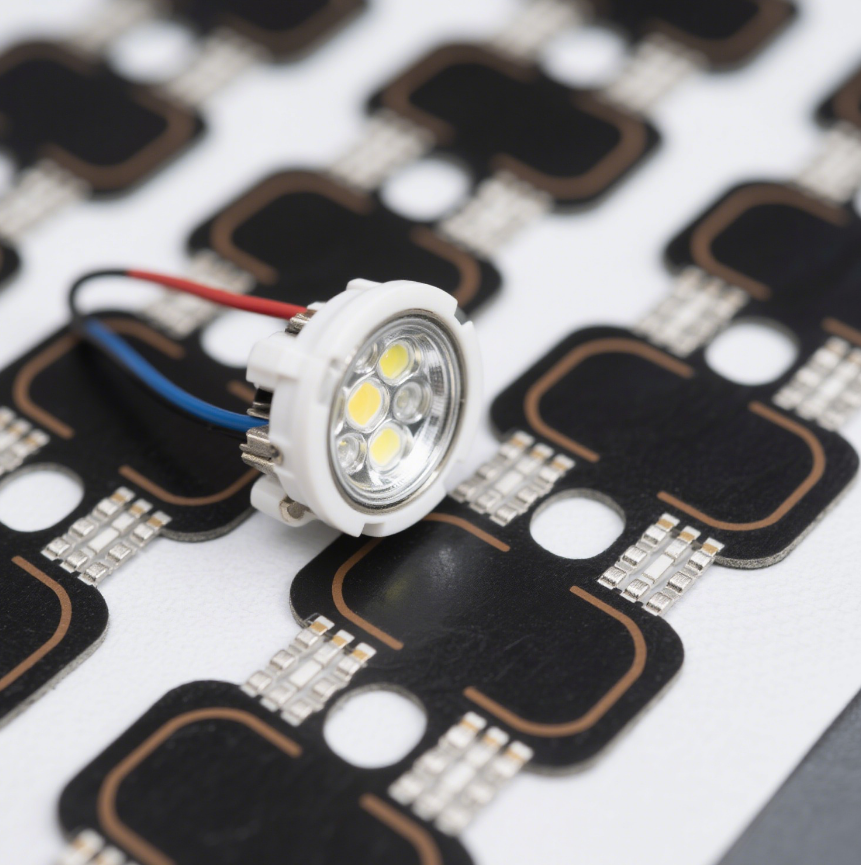silicone sealant in navigation systems
2025/06/18
0
In the realm of modern navigation systems, where precision, reliability, and durability are of utmost importance, silicone sealants have emerged as a crucial component. These sealants play a multifaceted role in safeguarding the integrity and optimal performance of navigation devices, whether they are used in automotive, marine, aerospace, or other applications.
Protecting Against Environmental Challenges
Navigation systems are often exposed to a wide range of harsh environmental conditions. Silicone sealants are highly resistant to moisture, which is a significant advantage. In marine navigation systems, for example, constant exposure to water, high humidity, and saltwater spray is inevitable. Silicone sealants form a watertight barrier, preventing water from infiltrating the sensitive electronic components of the navigation device. This not only protects against corrosion but also ensures the continued proper functioning of the system. Even in automotive navigation systems, which may encounter rain, snow, or high humidity during use, the moisture – resistant property of silicone sealants is invaluable.
UV radiation is another environmental factor that can degrade the performance of navigation systems over time. Silicone sealants are formulated to be highly resistant to UV rays. In outdoor – used navigation devices, such as those in aircraft or some long – distance vehicles, the sealants protect the casing and internal components from the harmful effects of UV radiation. This helps to prevent discoloration, embrittlement, and degradation of materials, thereby extending the lifespan of the navigation system.
Withstanding Temperature Fluctuations
Navigation systems can experience extreme temperature variations. In aerospace applications, for instance, the temperature can range from extremely cold at high altitudes to relatively warm during ground operations. Silicone sealants have an impressive ability to withstand a wide temperature range, typically from as low as – 60 °C to as high as 300 °C. This thermal stability ensures that the sealant maintains its integrity and flexibility, regardless of the temperature. It prevents cracking, shrinking, or losing adhesion, which could otherwise lead to gaps and allow environmental contaminants to enter the navigation system. In automotive navigation systems, temperature fluctuations due to engine heat, outdoor ambient temperature changes, or even the use of the vehicle in different climates are effectively managed by silicone sealants.
Ensuring Vibration and Shock Resistance
In many transportation applications, navigation systems are subject to vibrations and shocks. In vehicles, engines, road conditions, and vehicle movements generate continuous vibrations. In aircraft, vibrations occur during take – off, landing, and flight. Silicone sealants, with their inherent flexibility, act as vibration dampeners. They can absorb and dissipate the energy from vibrations and shocks, protecting the delicate electronic components within the navigation system. This is crucial for maintaining the accuracy of the navigation system, as any misalignment or damage to the components due to vibrations could lead to incorrect readings or system failures.
Applications in Different Navigation Systems
Automotive Navigation
In automotive navigation systems, silicone sealants are used in multiple ways. They are applied around the edges of the display screen to seal it from moisture, dust, and other environmental contaminants. This ensures a clear and uninterrupted view for the driver. Additionally, silicone sealants are used to seal the connections and enclosures of the navigation system’s circuit boards. This protects the electrical components from short – circuits caused by moisture or dust intrusion, which could otherwise disrupt the navigation system’s operation.
Marine Navigation
Marine navigation systems rely heavily on silicone sealants. These sealants are used to seal the hatches, windows, and joints of the navigation equipment installed on boats and ships. The ability of silicone sealants to form a strong and flexible bond on various materials, such as metal, glass, and fiberglass, makes them ideal for marine applications. They prevent water leaks, which could be catastrophic for the navigation system’s electronics. Moreover, in the harsh marine environment, where the equipment is exposed to saltwater, high humidity, and strong winds, the durability and resistance properties of silicone sealants ensure long – term performance.
Aerospace Navigation
In aerospace navigation systems, the use of silicone sealants is critical for safety and performance. They are used to seal the electrical enclosures of navigation avionics, protecting sensitive components from dust, moisture, and other contaminants. In aircraft engines, where navigation – related sensors and components may be located, silicone sealants’ high – temperature resistance is essential. They prevent leaks and ensure the proper functioning of these components in the high – heat environment of the engine. Additionally, in the cabin, silicone sealants are used to seal the navigation – related display units and control panels, maintaining a clean and protected environment for their operation.
In conclusion, silicone sealants are integral to the proper functioning and longevity of navigation systems across various industries. Their unique properties of moisture resistance, UV resistance, temperature stability, and vibration damping make them the material of choice for protecting the sensitive electronics and ensuring the reliable performance of navigation devices. As technology continues to advance and navigation systems become even more sophisticated, the role of silicone sealants will only become more crucial.

















